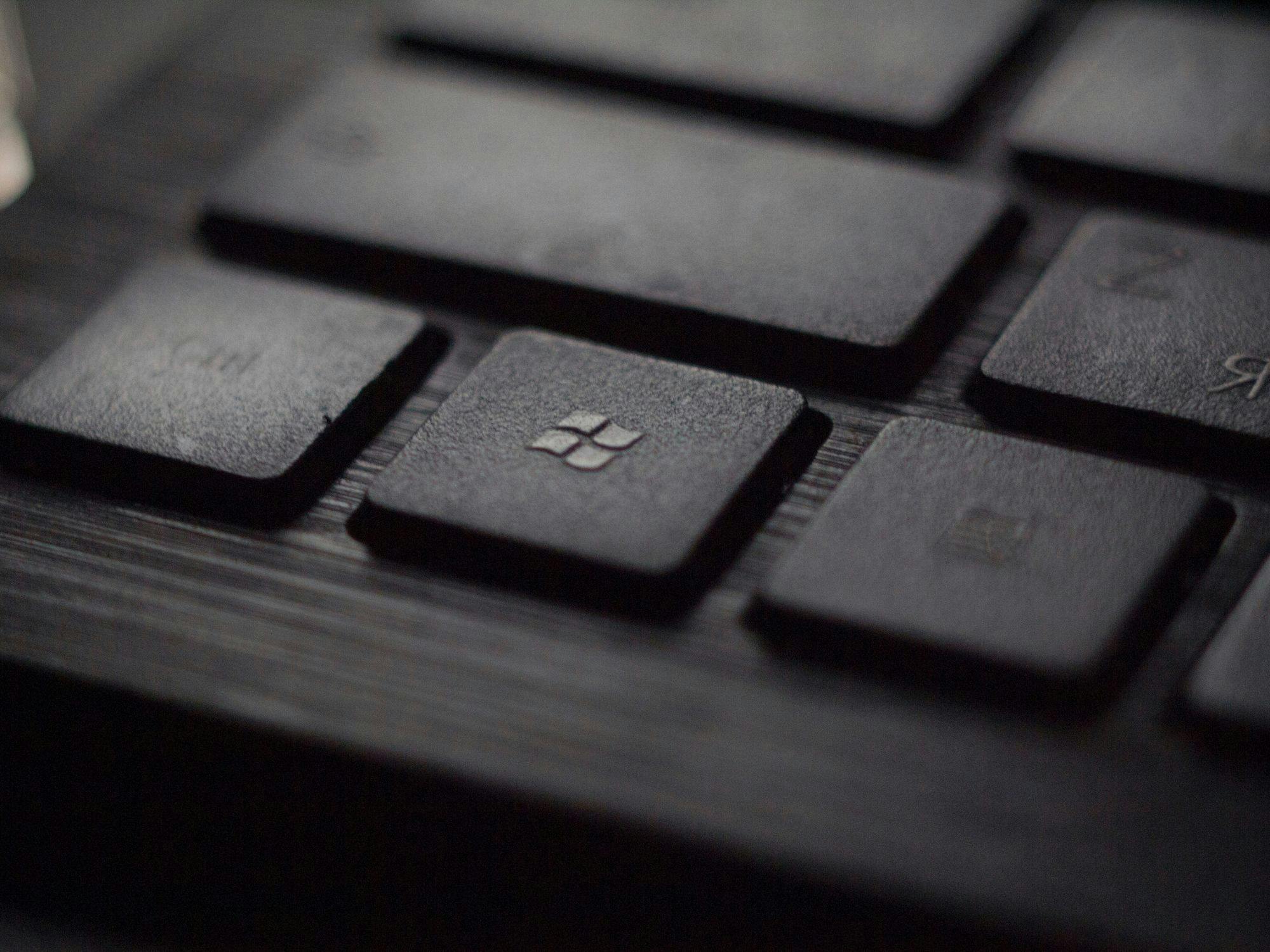Introduction:
Keeping your Windows machine up-to-date is crucial for ensuring optimal performance, security, and access to the latest features. Regular updates from Microsoft address vulnerabilities, improve system stability, and enhance the overall user experience. In this article, we'll guide you through the process of updating your Windows machine, whether you're using Windows 10 or a newer version.
Why Update Windows?
- Security Enhancements:
- Updates include security patches that protect your system from potential threats and vulnerabilities. Regular updates help safeguard your personal data and maintain the integrity of your machine.
- Improved Performance:
- Updates often include performance optimizations, bug fixes, and enhancements that contribute to a smoother and more efficient user experience. Keeping your system updated helps ensure it runs at its best.
- Access to New Features:
- Major updates bring new features and improvements to the Windows operating system. Staying current allows you to take advantage of the latest tools and functionalities.
Step-by-Step Guide to Update Windows:
For Windows 10:
- Check Your Current Version:
- Navigate to Settings > System > About to check your current Windows 10 version. Note whether you are using the latest version or if an update is available.
- Windows Update Settings:
- Go to Settings > Update & Security > Windows Update. Here, you can check for updates manually. Click on "Check for updates," and Windows will search for the latest updates available for your system.
- Install Updates:
- If updates are found, click "Install now" to initiate the update process. Ensure that your device is connected to the internet and has sufficient battery or is plugged in.
- Restart Your Computer:
- Some updates may require a system restart to take effect. Save your work and restart your computer when prompted.
- Update Drivers (Optional):
- Visit Device Manager and check for any outdated drivers. Right-click on a device and select "Update driver" to ensure your hardware components have the latest drivers.
For Windows 11:
- Access Windows Update Settings:
- Navigate to Settings > Windows Update. Here, you can see your current Windows 11 version and check for updates.
- Check for Updates:
- Click on "Check for updates" to see if any updates are available. If updates are found, click "Download and install" to begin the update process.
- Restart Your Computer:
- Similar to Windows 10, Windows 11 updates may require a restart. Save your work and restart your computer when prompted.
- Advanced Update Settings (Optional):
- Windows 11 provides additional options for advanced users, allowing you to configure when updates are installed and whether to receive preview builds.
Tips for a Smooth Update Process:
- Backup Your Data:
- Before major updates, it's advisable to back up important data to prevent any potential loss during the update process.
- Ensure a Stable Internet Connection:
- A stable internet connection is crucial for downloading updates efficiently. Avoid interruptions during the update process.
- Regularly Check for Updates:
- Make it a habit to check for updates regularly or enable automatic updates to ensure your system stays current.
- Update Third-Party Software:
- In addition to Windows updates, ensure that third-party software and applications are also kept up-to-date for security and performance reasons.
Conclusion:
Updating your Windows machine is a fundamental aspect of maintaining a secure, efficient, and feature-rich computing environment. By following these steps and incorporating regular updates into your routine, you can harness the full potential of your Windows operating system while safeguarding your digital experience. Keep your system up-to-date and enjoy a seamless and secure computing experience.
